HSBC 2004 Annual Report Download - page 170
Download and view the complete annual report
Please find page 170 of the 2004 HSBC annual report below. You can navigate through the pages in the report by either clicking on the pages listed below, or by using the keyword search tool below to find specific information within the annual report.-
 1
1 -
 2
2 -
 3
3 -
 4
4 -
 5
5 -
 6
6 -
 7
7 -
 8
8 -
 9
9 -
 10
10 -
 11
11 -
 12
12 -
 13
13 -
 14
14 -
 15
15 -
 16
16 -
 17
17 -
 18
18 -
 19
19 -
 20
20 -
 21
21 -
 22
22 -
 23
23 -
 24
24 -
 25
25 -
 26
26 -
 27
27 -
 28
28 -
 29
29 -
 30
30 -
 31
31 -
 32
32 -
 33
33 -
 34
34 -
 35
35 -
 36
36 -
 37
37 -
 38
38 -
 39
39 -
 40
40 -
 41
41 -
 42
42 -
 43
43 -
 44
44 -
 45
45 -
 46
46 -
 47
47 -
 48
48 -
 49
49 -
 50
50 -
 51
51 -
 52
52 -
 53
53 -
 54
54 -
 55
55 -
 56
56 -
 57
57 -
 58
58 -
 59
59 -
 60
60 -
 61
61 -
 62
62 -
 63
63 -
 64
64 -
 65
65 -
 66
66 -
 67
67 -
 68
68 -
 69
69 -
 70
70 -
 71
71 -
 72
72 -
 73
73 -
 74
74 -
 75
75 -
 76
76 -
 77
77 -
 78
78 -
 79
79 -
 80
80 -
 81
81 -
 82
82 -
 83
83 -
 84
84 -
 85
85 -
 86
86 -
 87
87 -
 88
88 -
 89
89 -
 90
90 -
 91
91 -
 92
92 -
 93
93 -
 94
94 -
 95
95 -
 96
96 -
 97
97 -
 98
98 -
 99
99 -
 100
100 -
 101
101 -
 102
102 -
 103
103 -
 104
104 -
 105
105 -
 106
106 -
 107
107 -
 108
108 -
 109
109 -
 110
110 -
 111
111 -
 112
112 -
 113
113 -
 114
114 -
 115
115 -
 116
116 -
 117
117 -
 118
118 -
 119
119 -
 120
120 -
 121
121 -
 122
122 -
 123
123 -
 124
124 -
 125
125 -
 126
126 -
 127
127 -
 128
128 -
 129
129 -
 130
130 -
 131
131 -
 132
132 -
 133
133 -
 134
134 -
 135
135 -
 136
136 -
 137
137 -
 138
138 -
 139
139 -
 140
140 -
 141
141 -
 142
142 -
 143
143 -
 144
144 -
 145
145 -
 146
146 -
 147
147 -
 148
148 -
 149
149 -
 150
150 -
 151
151 -
 152
152 -
 153
153 -
 154
154 -
 155
155 -
 156
156 -
 157
157 -
 158
158 -
 159
159 -
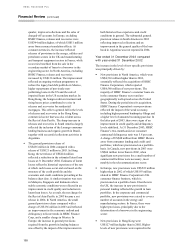 160
160 -
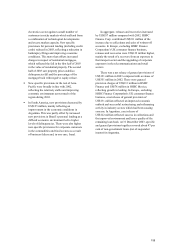 161
161 -
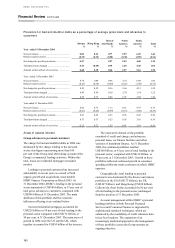 162
162 -
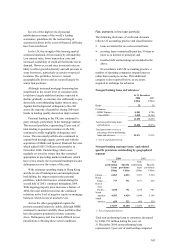 163
163 -
 164
164 -
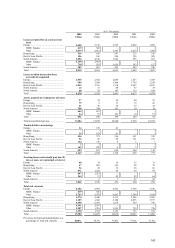 165
165 -
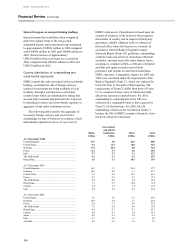 166
166 -
 167
167 -
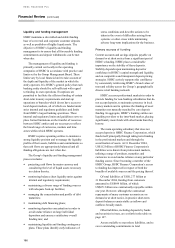 168
168 -
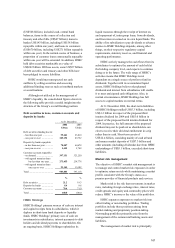 169
169 -
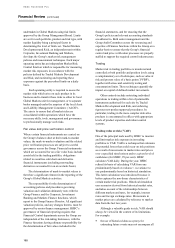 170
170 -
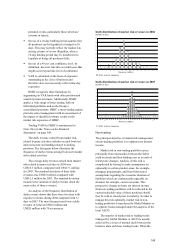 171
171 -
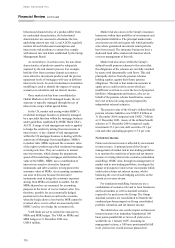 172
172 -
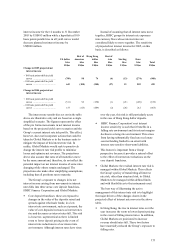 173
173 -
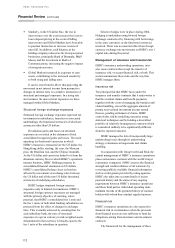 174
174 -
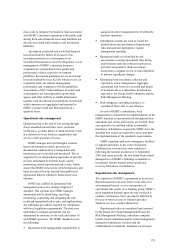 175
175 -
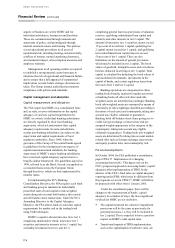 176
176 -
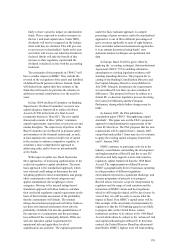 177
177 -
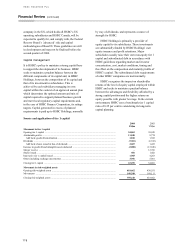 178
178 -
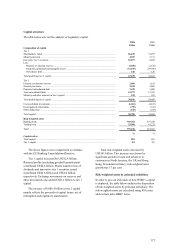 179
179 -
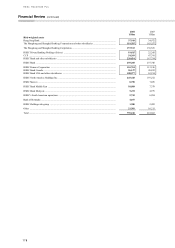 180
180 -
 181
181 -
 182
182 -
 183
183 -
 184
184 -
 185
185 -
 186
186 -
 187
187 -
 188
188 -
 189
189 -
 190
190 -
 191
191 -
 192
192 -
 193
193 -
 194
194 -
 195
195 -
 196
196 -
 197
197 -
 198
198 -
 199
199 -
 200
200 -
 201
201 -
 202
202 -
 203
203 -
 204
204 -
 205
205 -
 206
206 -
 207
207 -
 208
208 -
 209
209 -
 210
210 -
 211
211 -
 212
212 -
 213
213 -
 214
214 -
 215
215 -
 216
216 -
 217
217 -
 218
218 -
 219
219 -
 220
220 -
 221
221 -
 222
222 -
 223
223 -
 224
224 -
 225
225 -
 226
226 -
 227
227 -
 228
228 -
 229
229 -
 230
230 -
 231
231 -
 232
232 -
 233
233 -
 234
234 -
 235
235 -
 236
236 -
 237
237 -
 238
238 -
 239
239 -
 240
240 -
 241
241 -
 242
242 -
 243
243 -
 244
244 -
 245
245 -
 246
246 -
 247
247 -
 248
248 -
 249
249 -
 250
250 -
 251
251 -
 252
252 -
 253
253 -
 254
254 -
 255
255 -
 256
256 -
 257
257 -
 258
258 -
 259
259 -
 260
260 -
 261
261 -
 262
262 -
 263
263 -
 264
264 -
 265
265 -
 266
266 -
 267
267 -
 268
268 -
 269
269 -
 270
270 -
 271
271 -
 272
272 -
 273
273 -
 274
274 -
 275
275 -
 276
276 -
 277
277 -
 278
278 -
 279
279 -
 280
280 -
 281
281 -
 282
282 -
 283
283 -
 284
284 -
 285
285 -
 286
286 -
 287
287 -
 288
288 -
 289
289 -
 290
290 -
 291
291 -
 292
292 -
 293
293 -
 294
294 -
 295
295 -
 296
296 -
 297
297 -
 298
298 -
 299
299 -
 300
300 -
 301
301 -
 302
302 -
 303
303 -
 304
304 -
 305
305 -
 306
306 -
 307
307 -
 308
308 -
 309
309 -
 310
310 -
 311
311 -
 312
312 -
 313
313 -
 314
314 -
 315
315 -
 316
316 -
 317
317 -
 318
318 -
 319
319 -
 320
320 -
 321
321 -
 322
322 -
 323
323 -
 324
324 -
 325
325 -
 326
326 -
 327
327 -
 328
328 -
 329
329 -
 330
330 -
 331
331 -
 332
332 -
 333
333 -
 334
334 -
 335
335 -
 336
336 -
 337
337 -
 338
338 -
 339
339 -
 340
340 -
 341
341 -
 342
342 -
 343
343 -
 344
344 -
 345
345 -
 346
346 -
 347
347 -
 348
348 -
 349
349 -
 350
350 -
 351
351 -
 352
352 -
 353
353 -
 354
354 -
 355
355 -
 356
356 -
 357
357 -
 358
358 -
 359
359 -
 360
360 -
 361
361 -
 362
362 -
 363
363 -
 364
364 -
 365
365 -
 366
366 -
 367
367 -
 368
368 -
 369
369 -
 370
370 -
 371
371 -
 372
372 -
 373
373 -
 374
374 -
 375
375 -
 376
376 -
 377
377 -
 378
378
 |
 |

HSBC HOLDINGS PLC
Financial Review (continued)
168
undertaken in Global Markets using risk limits
approved by the Group Management Board. Limits
are set for each portfolio, product and risk type, with
market liquidity being a principal factor in
determining the level of limits set. Traded Markets
Development and Risk, an independent unit within
Corporate, Investment Banking and Markets,
develops the Group’ s market risk management
policies and measurement techniques. Each major
operating entity has an independent Market Risk
Control function which is responsible for measuring
market risk exposures in accordance with the
policies defined by Traded Markets Development
and Risk, and monitoring and reporting these
exposures against the prescribed limits on a daily
basis.
Each operating entity is required to assess the
market risks which arise on each product in its
business and to transfer these risks to either its local
Global Markets unit for management, or to separate
books managed under the auspices of the local Asset
and Liability Management Committee (‘ALCO’ ).
The aim is to ensure that all market risks are
consolidated within operations which have the
necessary skills, tools, management and governance
to professionally manage such risks.
Fair value and price verification control
Where certain financial instruments are carried on
the Group’ s balance sheet at their mark-to-market
values, the mark-to-market valuation and the related
price verification processes are subject to careful
governance across the Group. Financial instruments
which are accounted for on a fair value basis include
assets held in the trading portfolio, obligations
related to securities sold short and derivative
financial instruments (excluding non-trading
derivatives accounted for on an accruals basis).
The determination of mark-to-market values is
therefore a significant element in the reporting of the
Group’s Global Markets activities.
The responsibility for the determination of
accounting policies and procedures governing
valuation and validation ultimately rests with the
Group Finance and the Corporate, Investment
Banking and Markets Finance functions, which
report to the Group Finance Director. All significant
valuation policies, and any changes thereto, must be
approved by senior finance management. HSBC’s
governance of financial reporting requires that
Financial Control departments across the Group are
independent of the risk-taking businesses, with the
Finance functions having ultimate responsibility for
the determination of fair values included in the
financial statements, and for ensuring that the
Group’s policies and relevant accounting standards
are adhered to. Both senior management and the
Group Audit Committee assess the resourcing and
expertise of Finance functions within the Group on a
regular basis to ensure that the Group’s financial
control and price verification processes are properly
staffed to support the required control infrastructure.
Trading
Market risk in trading portfolios is monitored and
controlled at both portfolio and position levels using
a complementary set of techniques, such as value at
risk and present value of a basis point (‘PVBP’ ),
together with stress and sensitivity testing and
concentration limits. These techniques quantify the
impact on capital of defined market movements.
Other controls include restricting individual
operations to trading within a list of permissible
instruments authorised for each site by Traded
Markets Development and Risk, and enforcing
rigorous new product approval procedures. In
particular, trading in the more complex derivative
products is concentrated in offices with appropriate
levels of product expertise and robust control
systems.
Trading value at risk (‘VAR’)
One of the principal tools used by HSBC to monitor
and limit market risk exposure in its trading
portfolios is VAR. VAR is a technique that estimates
the potential losses that could occur on risk positions
as a result of movements in market rates and prices
over a specified time horizon and to a given level of
confidence (for HSBC, 99 per cent). HSBC
calculates VAR daily. During the year, HSBC
refined its basis of calculating VAR from one
predominantly based on variance / co-variance to
one predominantly based on historical simulation.
This latter calculation was introduced because it
better captures the non-linear characteristics of
certain market risk positions. Historical simulation
uses scenarios derived from historical market rates,
and takes account of the relationships between
different markets and rates, for example, interest
rates and foreign exchange rates. Movements in
market prices are calculated by reference to market
data from the last two years.
Although a valuable guide to risk, VAR should
always be viewed in the context of its limitations.
For example:
• the use of historical data as a proxy for
estimating future events may not encompass all
